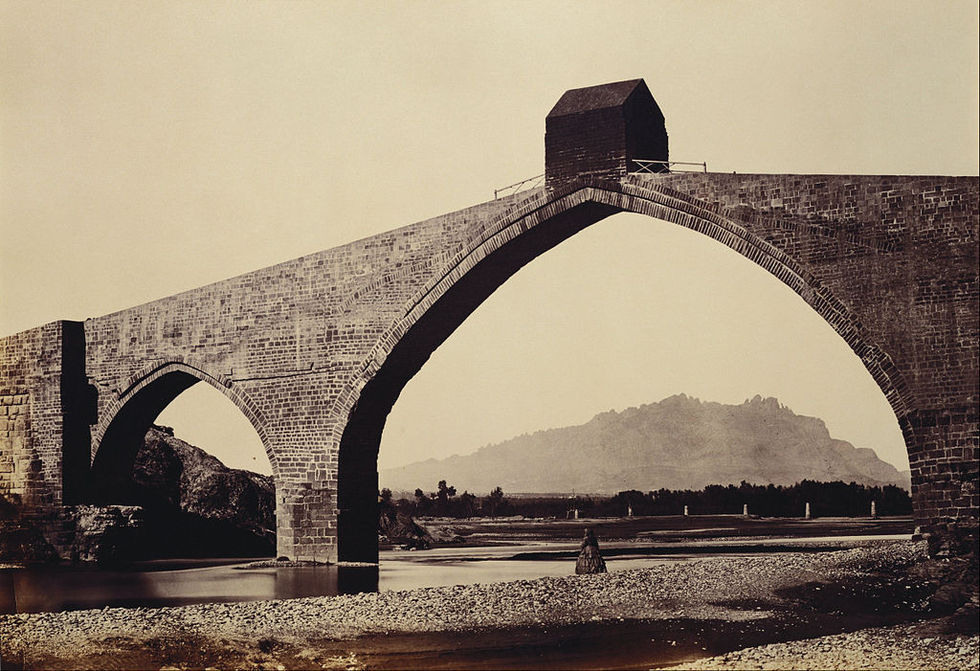A Rather Unusual Bridge
Friday, February 28, 2020 @ 7:33 PM

Practical, strategic, essential and even artistic, bridges test the skill of engineering. A challenge to gravity and the obstacles of nature subjected to the vagaries of human development.
'Devil’s Bridges' are a feature of several Italian and European cities, almost always characterised by a great span that exceeds a ravine or a rushing river, reminiscent of the days when certain works were too bold and at the same time they were immediately classified as a fruit of the devil.
This Puente del Diablo, or Devil's Bridge, crosses from Martorell to Castellbisbal in Catalonia, and its gravity-defying structure has a surprising stabilising device.
The bridge over the Llobregat River dates back to 1283 when it replaced an earlier Roman infrastructure of which there are still strong reminiscences, which can still be seen around the current bridge, including a triumphal arch. If it doesn't seem quite right for medieval times, the bridge was actually destroyed in 1939 during the Spanish Civil War and rebuilt in 1965. However, much of it is still the original stone.

It's not clear where it gets its "Devil's Bridge" title, although it's likely due to its curious architecture which may have led people to believe that it was not built by human hands. However, it was of course, and just required a little ingenuity. The highest arch has an opening 145 feet high and is quite thin, but the little chapel-shaped building at the top is actually keeping it stable and holding it all together. This building would more than likely have been used for taking tolls between the two old towns.

(This photograph of the 'Pont del Diable' was taken by Charles Clifford and later purchased by Queen Victoria and Prince Albert in 1854.)
You don't have to be registered to leave a comment but it's quicker and easier if you are (and you also can get notified by email when others comment on the post). Please Sign In or Register now.